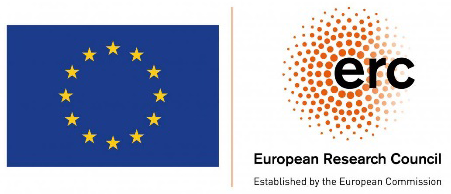
Iman Rahimzadeh Kivi in the "Webinar cycle in Hydrogeology and geochemistry" by Hydrogeology group (Associated Unit CSIC-UPC)
Speaker: Iman Rahimzadeh Kivi
Title: Supercritical CO₂ intrusion into caprocks: experimental observations and numerical simulations
Date: 21st January 2021
Time: 12.15 pm.(Central European Time)
Online venue: https://meet.google.com/snb-qdkn-eex
Length: up to 60 minutes
Note: Webinars will be recorded and made available one day after the talks in www.h2ogeo.upc.edu
Abstract:
Geologic storage of carbon dioxide (CO₂), mainly in deep saline aquifers, has emerged as a key solution to reach the Paris Agreement goal of limiting the global temperature increase below 2ºC and effectively mitigate climate change. The injected CO₂ is less dense at the storage condictions than the resident brine and tends to flow upward by buoyancy. Therefore, to achieve the primary objective of permanently storing CO₂ underground during geological time scales, the host reservoir should be overlain by a low-permeability and high-entry pressure caprock that prevents CO2 escaping from the storage formation. Meanwhile, the caprock sealing capacity is of particular significance and yet to be assessed in more detail. In this presentation, we aim at shedding light on the flow processes governing potential CO2 leakage through shaly caprocks by combining experimental observations and numerical simulations. We present breakthrough experiments on Opalinus Clay, which is a representative caprock for CO₂ storage. These experiments reproduce supercritical CO₂ intrusion and flow through the caprock sample under representative reservoir conditions. Next, we address numerical simulation of the breakthrough experiments using a two-phase flow model in deformable porous media to provide a mechanistic interpretation of experimental observations. Overall, we conclude that CO₂ leakage through the caprock is dominated by molecular diffusion rather than by rapid bulk volumetric advection.

